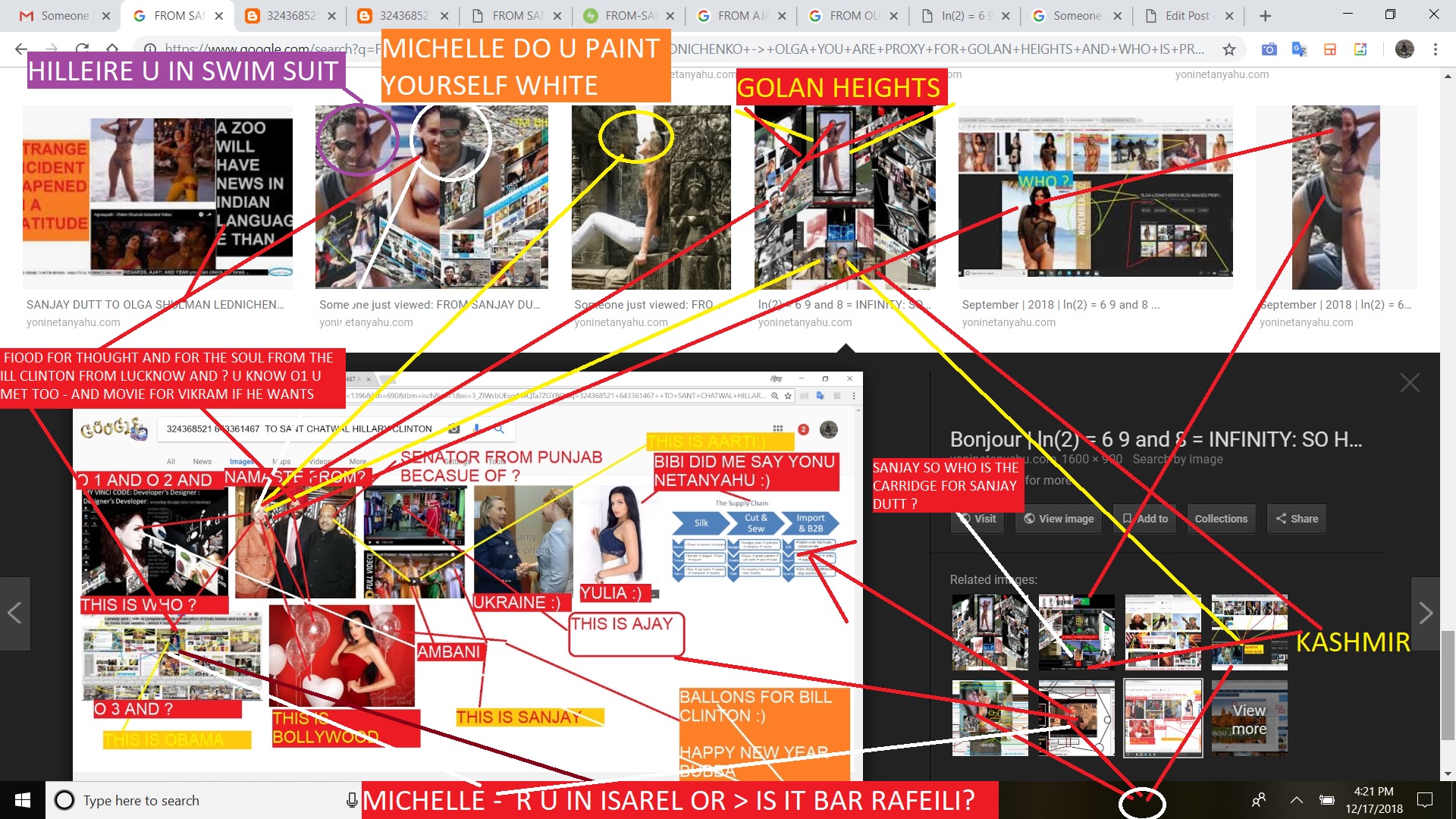
One of the seminal researchers in this area who focused on postmodern subjectivity and feminist theory was Donna Haraway ( 1994, 2006, 2013, 2016). Here, human aims and goals are decentered, allowing for other interpretations regarding the ontology, epistemology, and ethics of matter. Posthuman theory is an overarching term for theory that breaks from previous anthropocentric perspectives. In this final section, Becoming Us by Megan Constance Altieri and the Teeter-Totter Wall by Ronald Rael and supporting artists are discussed to clarify how artworks can simultaneously exemplify mercy, grace, and hope for cultural and environmental stewardship. Finally, the arts are proposed as a conduit for stewardship by engaging the new materialist ethics of mercy and grace. Fourth, the proposed new materialist understanding of mercy, grace, and hope is explored in detail by providing artworks that exemplify these individual concepts by focusing on the worlds becoming rather than reflecting on prior constructs and relations.

Third, a cartographic discussion of ethics within the sciences and theology is presented to diffractively read through the concepts of mercy, grace, and hope, replacing dualistic thought with immanent thought ( Tuin and Dolphijn 2012). Second, new materialist ethics is discussed through Barad’s ( 2007) Agential Realism and Braidotti’s ( 2019) Affirmative Ethics. To construct this argument, first a brief summary of new materialism theory is addressed in the works of Karen Barad ( 2007) and Rosi Braidotti ( 2019). Through this approach, various worldviews can engage with artwork in a way to bring about new understandings which supports the healing our highly polarized culture.

These terms will be diffractively read through their reflective secular and theological understandings in order to develop a new materialist understanding of what differences mercy, grace, and hope create within a philosophy of immanence.

Since the focus of this article is to propose how art can heal cultural divisions by making differences in the world, the differences made need to counter the circular perpetuation of hate, anger, and violence ( Butler 2020) thus merciful, graceful, and hopeful differences are needed. By engaging artworks through a new materialist framework of immanence, the unspeakable tacit knowledge ( Polanyi 1967) that emerges through interactions with matter is addressed to reposition cultural issues and questions towards what differences are made in our shared becoming. Rather, the argument presented challenges individuals to approach artworks in a way that slows the conditioned urge to apply reflective and transcendent binary thought which enables these divisions to be constructed in the first place. The argument presented here is not to challenge one group or identify a middle ground in current cultural divisions such as conservative-liberal, theological-secular, or republican-democrat. The intention of this article is to address how the arts can act as a cultural and environmental steward by approaching the ethical concepts of mercy, grace, and hope within a new materialist framework ( Barad 2007 Braidotti 2019). Finally, an in-depth study of the artworks Becoming Us by Megan Constance Altieri and Teeter-Totter Wall by Ronald Rael are addressed to detail how a new materialist approach to art that focuses on the concepts of mercy, grace, and hope can position art as an act of stewardship. This approach is then explored through various artworks to investigate the co-constructing material-discursive nature of art to create new relations and possibilities in the world. These concepts are then individually addressed through the proposed new materialist framework to further break from material-discursive dualistic thought. Next, a cartography including scientific and theological perspectives is presented for a diffractive reading regarding the concepts of mercy, grace, and hope to develop a new materialist understanding through a philosophy of immanence to counter the circular perpetuation of violence. To form this argument, first a summary of new materialism and ethics through Agential Realism and Affirmative Ethics is addressed.

To support the healing of our polarized culture through art, new materialist theory as presented by Karen Barad and Rosi Braidotti will be entangled with art and artmaking according to Dennis Atkinson and Makoto Fujimura to argue for art as an act of environmental and cultural stewardship, creating new possibilities and differences in the virtual that are merciful, graceful, and hopeful. During highly polarized times, issues are quickly addressed in ways that emphasize divisions.


 0 kommentar(er)
0 kommentar(er)
